Wall Heater Repair Services
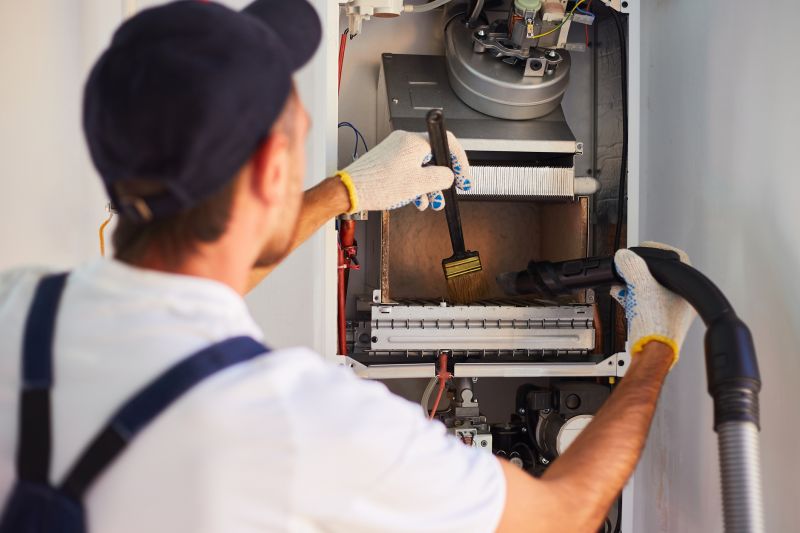
Performing repairs before the colder months ensures optimal performance during winter.
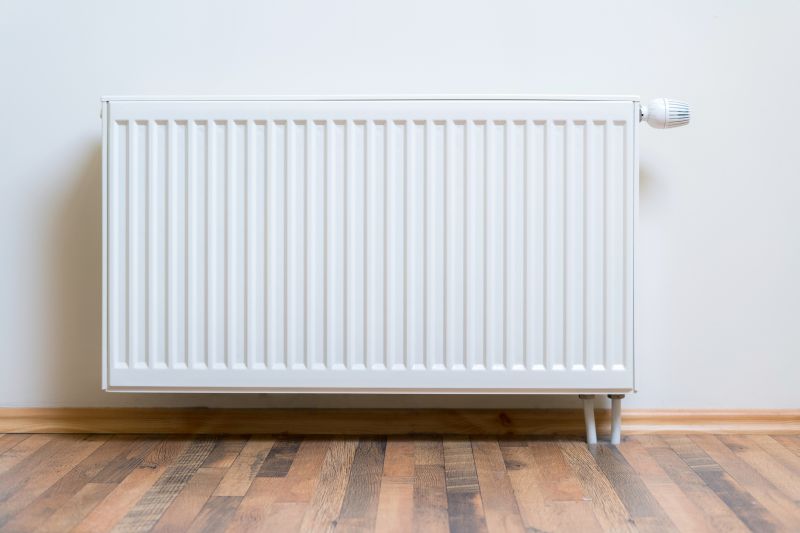
Spring is ideal for addressing minor issues to prevent breakdowns during peak heating season.
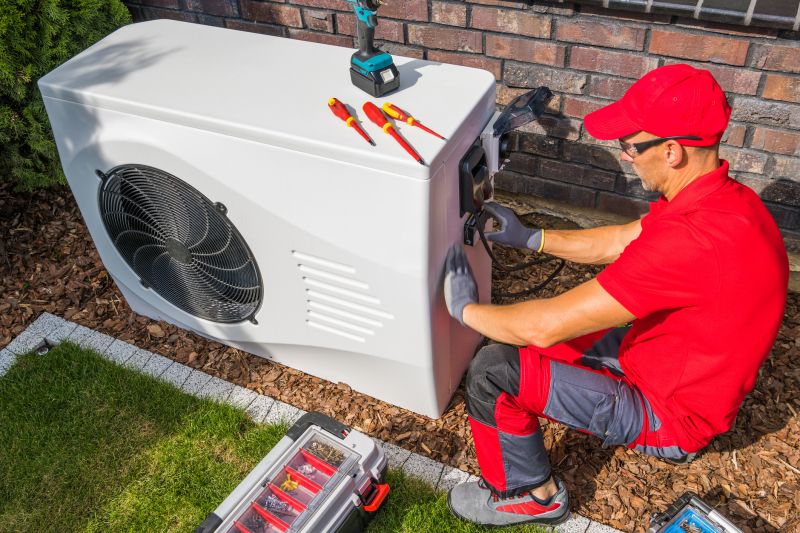
Scheduling repairs in warmer months minimizes disruption and allows for thorough servicing.
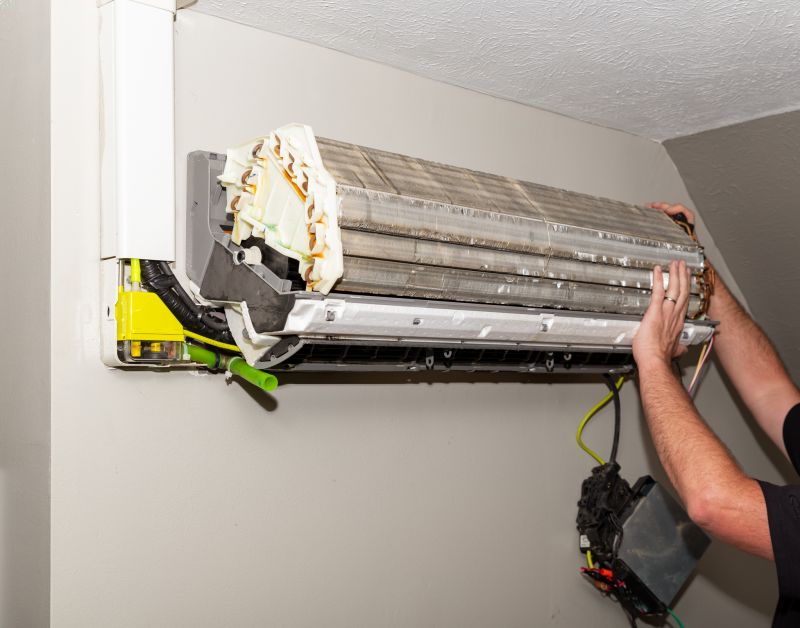
Ways to make Wall Heater Repairs work in tight or awkward layouts.
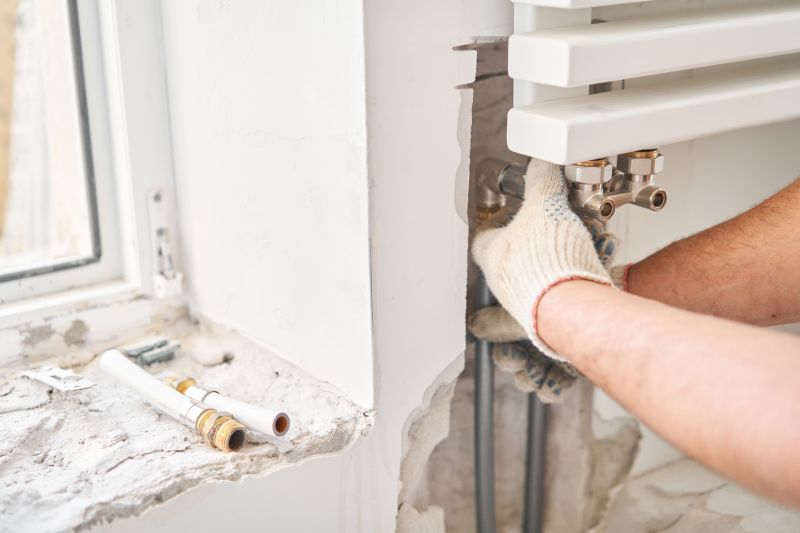
Popular materials for Wall Heater Repairs and why they hold up over time.
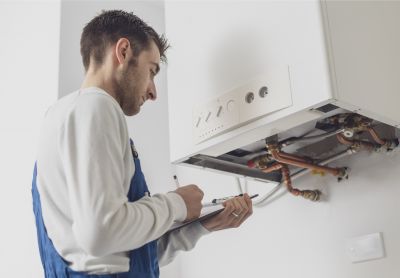
Simple add-ons that improve Wall Heater Repairs without blowing the budget.
Wall heater repairs are essential for maintaining efficient heating performance and energy savings. Regular inspections can identify issues such as faulty thermostats, corrosion, or damaged wiring that may compromise safety or functionality. Statistics indicate that addressing minor problems early can reduce repair costs by up to 30% and extend the lifespan of the unit. Proper timing for repairs ensures that the heater operates reliably during the colder months, preventing unexpected breakdowns and costly emergency fixes.
Unusual noises, inconsistent heating, or higher energy bills may indicate the need for repairs.
Timely repairs improve efficiency, reduce energy costs, and extend the heater's lifespan.
Problems include thermostat failure, pilot light issues, and electrical component wear.
Regular check-ups can prevent major failures and ensure safety.
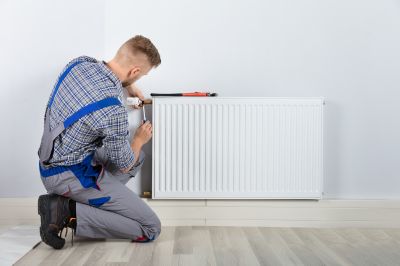
Assessment, diagnostics, part replacement, and testing are key steps.
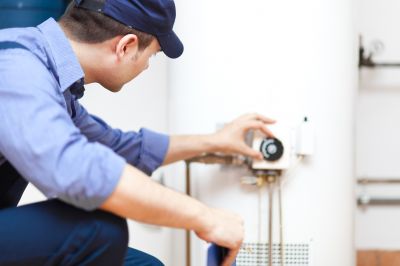
Specialized tools ensure precise diagnostics and effective repairs.

Expert technicians perform repairs adhering to safety standards.

Properly repaired units operate efficiently and safely.
| Repair Type | Ideal Timing |
|---|---|
| Thermostat Replacement | Spring or Fall |
| Electrical Component Repair | Off-Season |
| Leak Repairs | Spring |
| Corrosion Treatment | Spring or Fall |
| Fan Motor Replacement | Spring or Fall |
| Pilot Light Fixes | Spring |
Choosing the right time for wall heater repairs depends on the specific issue and seasonal considerations. Off-season maintenance can prevent emergency breakdowns during winter, while addressing certain repairs before the heating season begins ensures the unit is ready for cold weather. Regular inspections and timely repairs contribute to energy efficiency and safety, making seasonal timing an important factor in maintenance planning.
